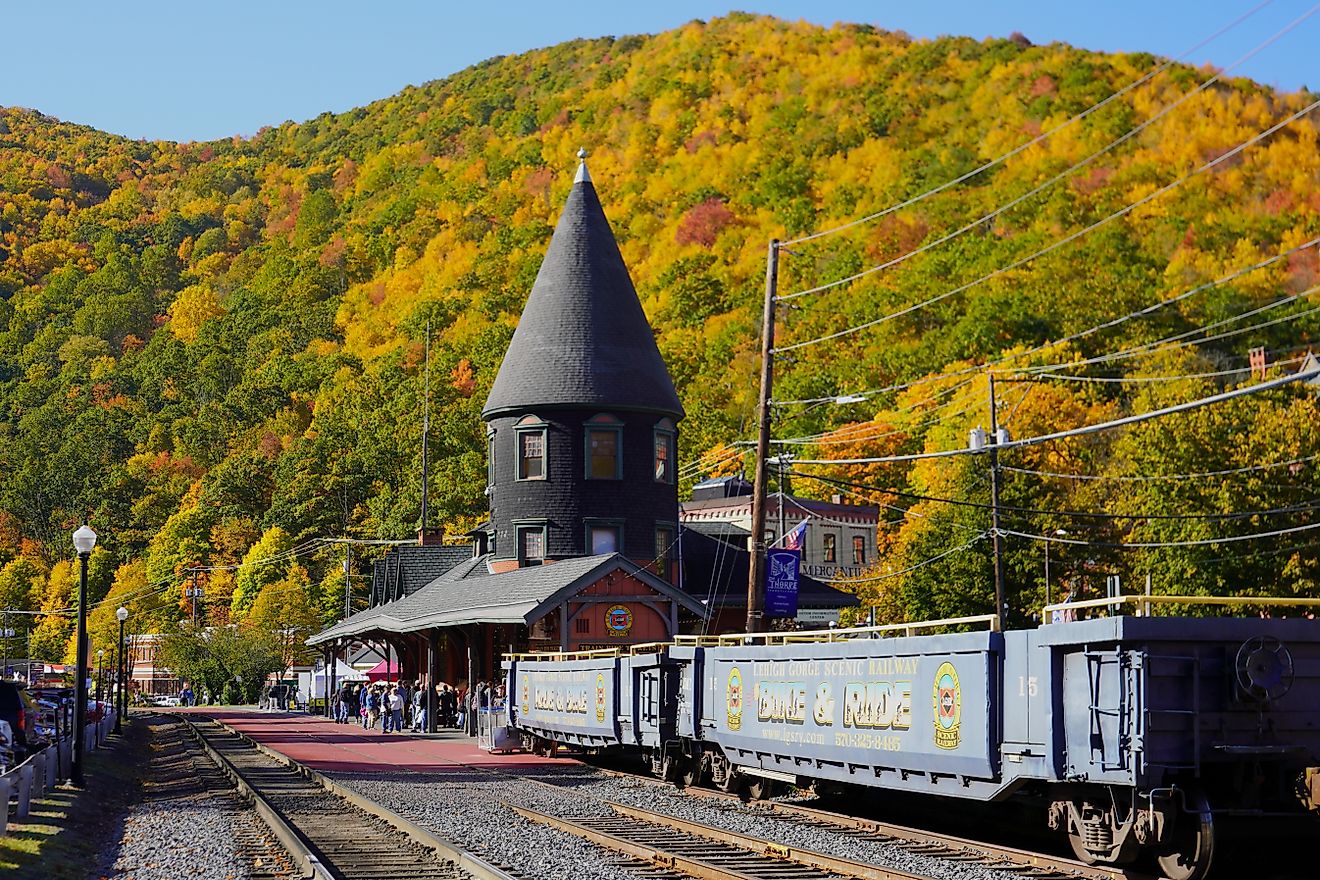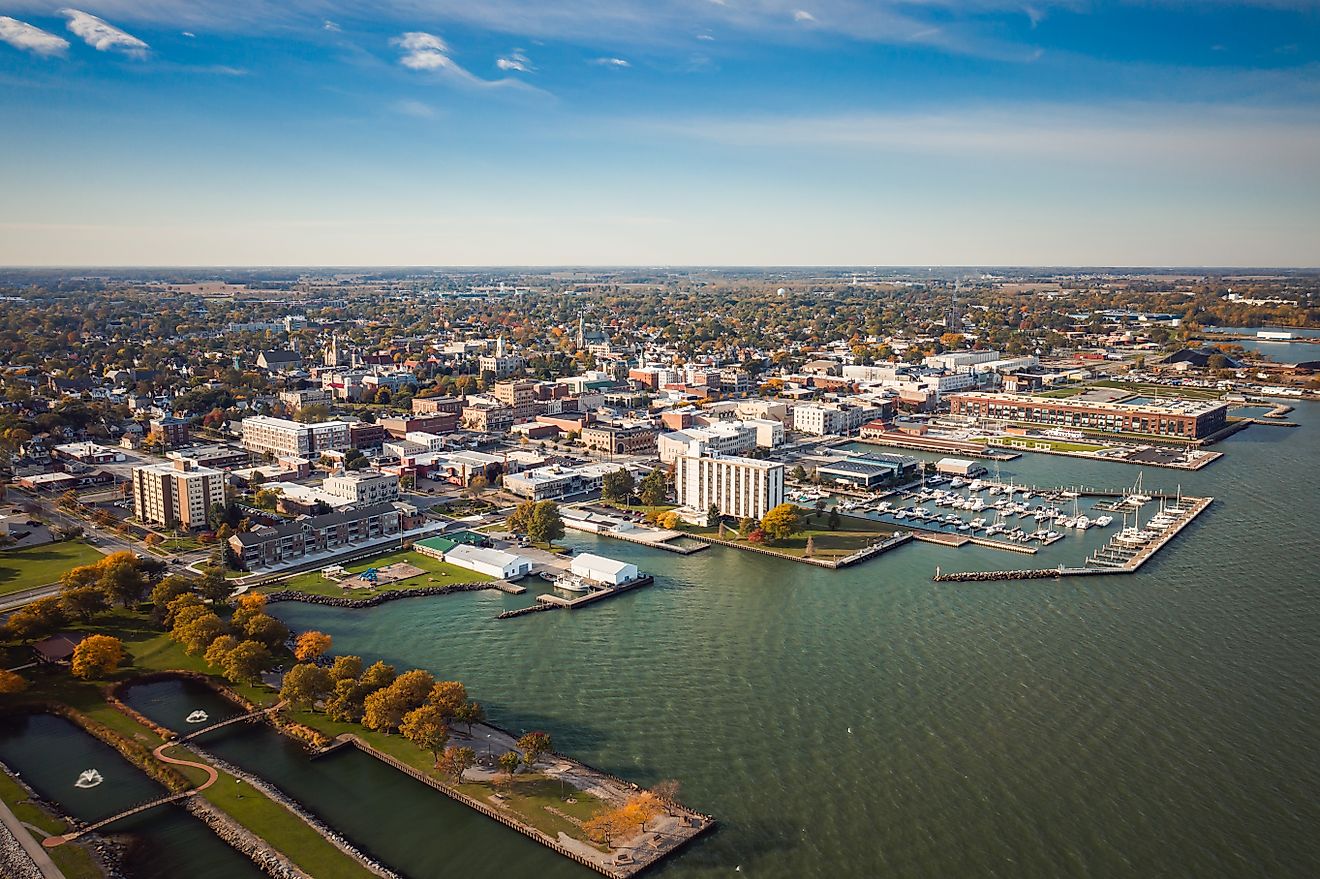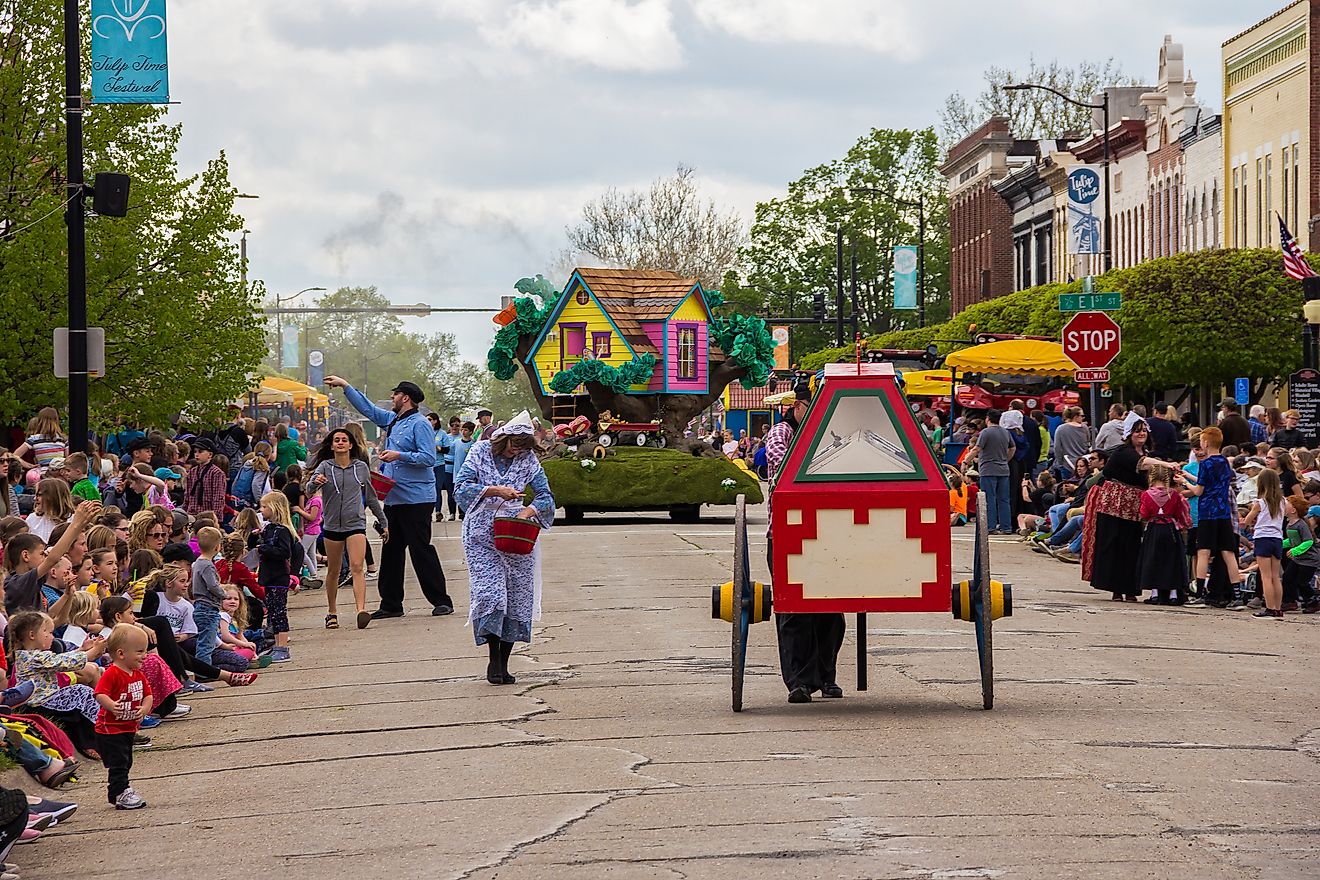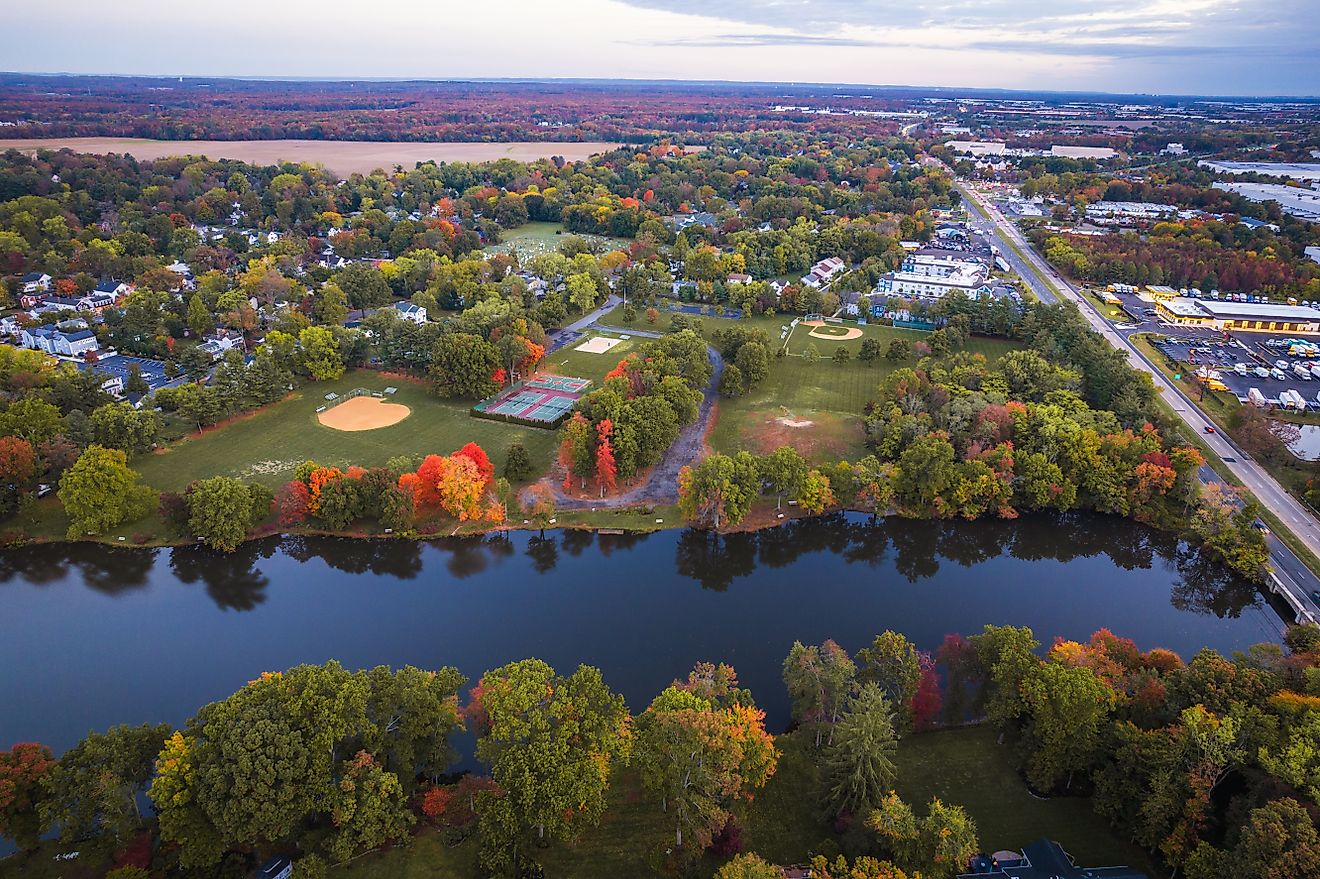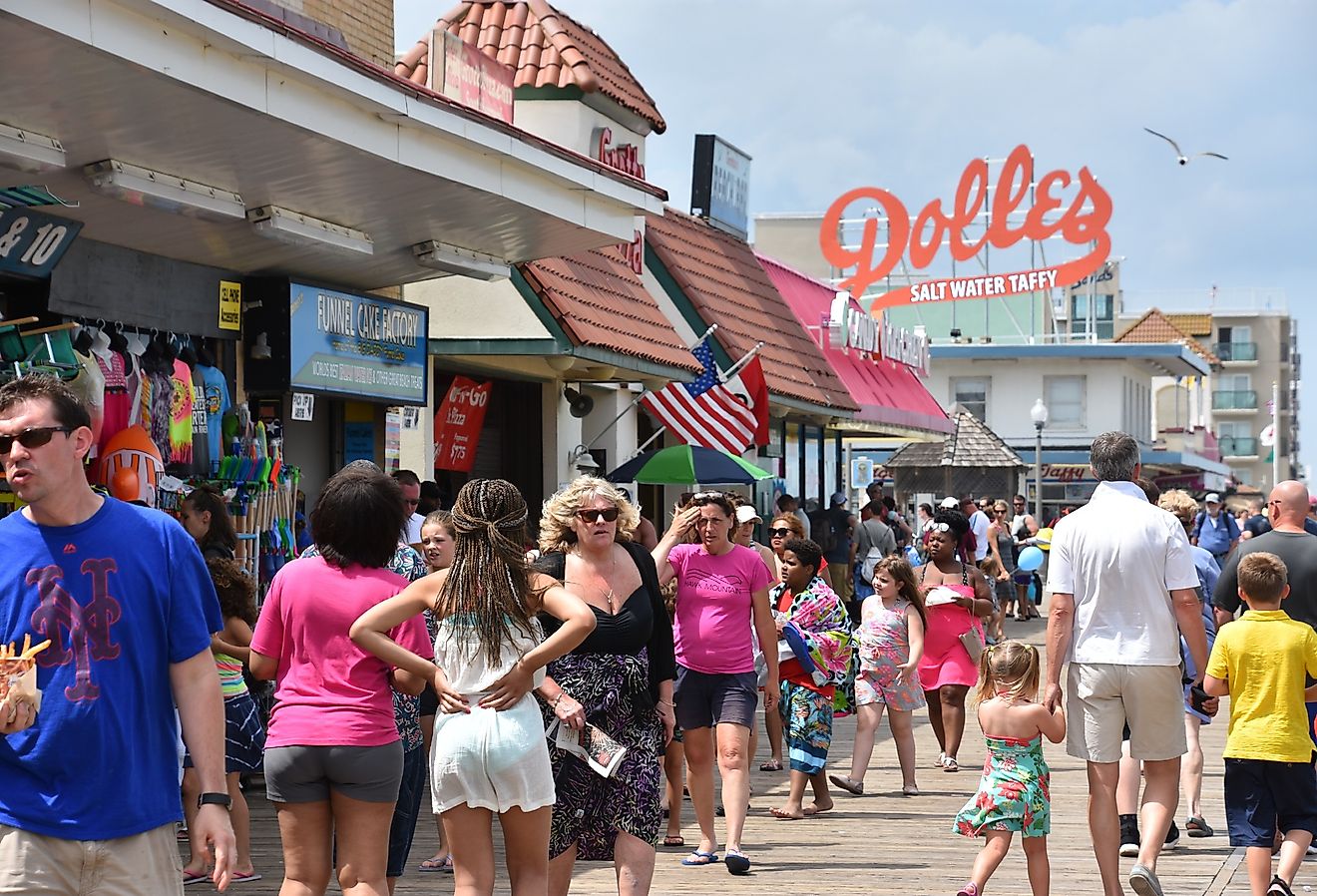
6 Best Courthouse Squares In New York
New York’s story is not told only through its skyscrapers and bustling cities but also through the courthouse squares that shape its smaller towns. Even though each courthouse stands as a reminder of another era, it also serves as the place where neighbors gather for festivals, farmers’ markets, and everyday conversation. Around these landmarks, visitors find museums that preserve local history, cafés filled with familiar voices, and shops that have welcomed generations of families. Across the Empire State, the courthouse square remains the heartbeat of community life. Here are the six best downtown squares that show off the heart of New York.
Albion
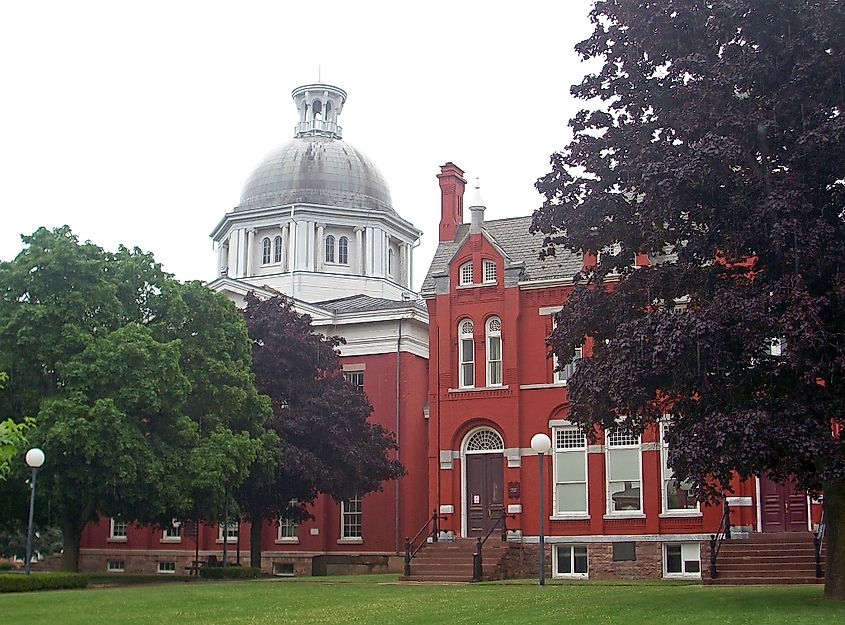
In the heart of Orleans County, Albion’s Courthouse Square reflects the vision and determination of the settlers who first carved out a community along the Erie Canal. Completed in 1858, the Orleans County Courthouse was built from locally quarried Medina sandstone, a material that became famous throughout the region for its strength and beauty. Its Greek Revival design, marked by tall Doric columns and a stately dome, captures the optimism of an era when Albion was growing from a frontier village into a thriving canal town.
Just a short walk away, the Pullman Memorial Universalist Church displays exquisite Tiffany-stained-glass windows that celebrate the craftsmanship of the late 19th century. The nearby Bullard Park offers plenty of opportunities for family fun. More than a civic landmark, Albion’s courthouse continues to tell the story of perseverance, faith, and community that shaped this corner of the Empire State.
Delhi
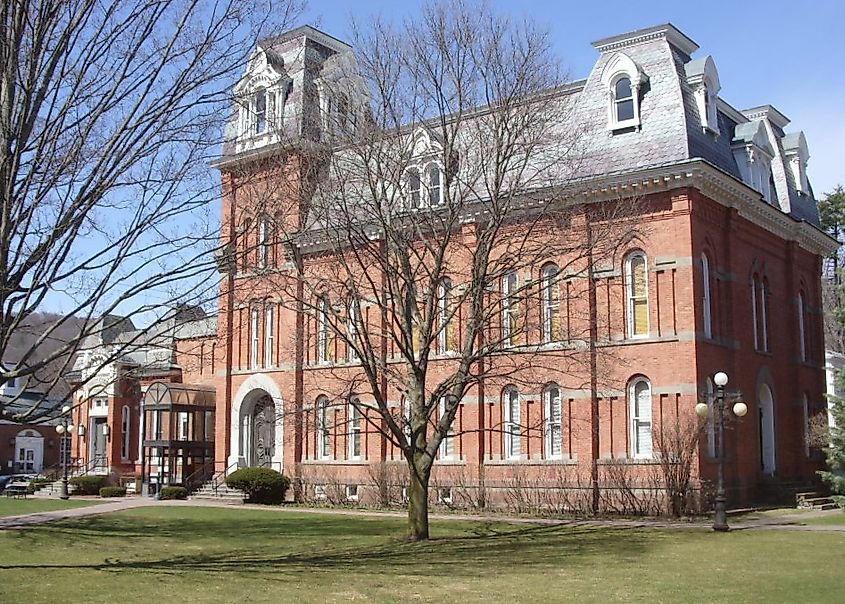
Set in the rolling foothills of the Catskills, the Delaware County Courthouse, built in 1870 and designed by J.A. and W.T. Lydall, stands at the center of a green framed by red-brick buildings and graceful shade trees. Its mansard roof and classic proportions give the square a dignified presence, reminding visitors of a time when civic life and daily life shared the same space. The square remains a gathering place where local festivals, concerts, and parades bring the community together year-round.
Just beyond the courthouse lawn, Main Street features a row of inviting storefronts that house small galleries, bookstores, and cafés. The Blue Bee Café is a favorite stop for coffee or lunch, and the nearby Bushel Collective often hosts art shows and creative workshops. Those who enjoy the outdoors can head to Bramley Mountain Trail, a short drive away, for sweeping views of the Catskills. Delhi’s courthouse square blends history and community in a way that still feels genuine.
Lyons
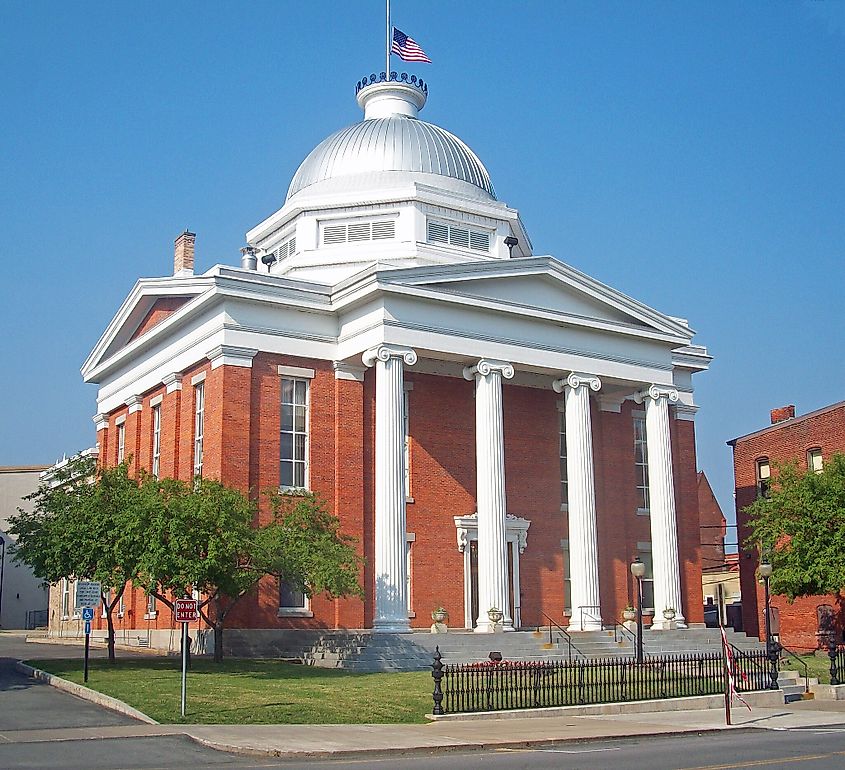
At the heart of Lyons, the Wayne County Courthouse presides over one of the most authentic courthouse squares in upstate New York. Initially built in 1824 and replaced by the current structure in 1854, the limestone building is in the Greek Revival style, with its tall columns and graceful pediment giving it a timeless dignity. The square around it has remained the center of civic life for more than a century, framed by red-brick commercial buildings that house shops, law offices, and cafés. On summer weekends, community events and music fill the square, reviving traditions that began when canal boats once docked just a few blocks away.
Visitors can tour the nearby Museum of Wayne County History, which occupies the old county jail, or walk to the Erie Canalway for a look at the locks that built the region’s prosperity. A stop at The Ohmann Theatre, a restored 1915 playhouse, adds another layer of small-town nostalgia. Lyons’ courthouse square still carries the echoes of its past, when canal commerce and courthouse justice defined the community's pulse.
Owego
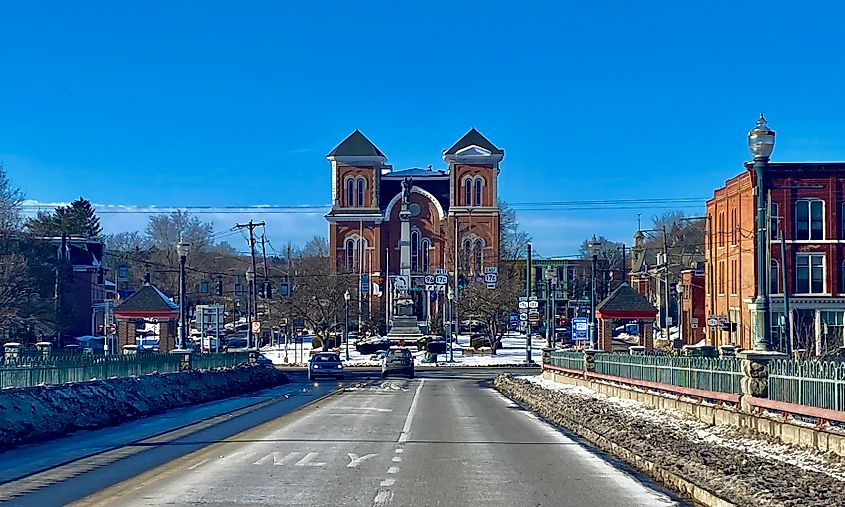
Owego’s Courthouse Square captures everything people love about small-town New York—historic architecture, friendly streets, and a sense of community that has endured for generations. The Tioga County Courthouse, completed in 1872, anchors the square with its dignified brick façade and stately clock tower rising above the village. Its Romanesque design gives the building a sense of permanence, while the square around it remains the focal point of civic life. Brick-lined streets frame a landscaped green, where festivals, concerts, and farmers’ markets draw neighbors together year-round.
Around the square, 19th-century storefronts have been beautifully preserved and are home to local businesses that keep downtown vibrant. Shoppers can browse antiques and artisan goods at Riverow Bookshop, enjoy a meal at The Cellar Restaurant, or grab a sweet treat from Ice Cream Works! (during the summer season). The Tioga County Historical Society Museum preserves the region’s frontier and canal-era heritage through engaging exhibits. As church bells echo across the square in the evening, Owego’s courthouse and its surrounding streets are a reminder that community, heritage, and hospitality remain at the heart of New York’s most enduring towns.
Bath
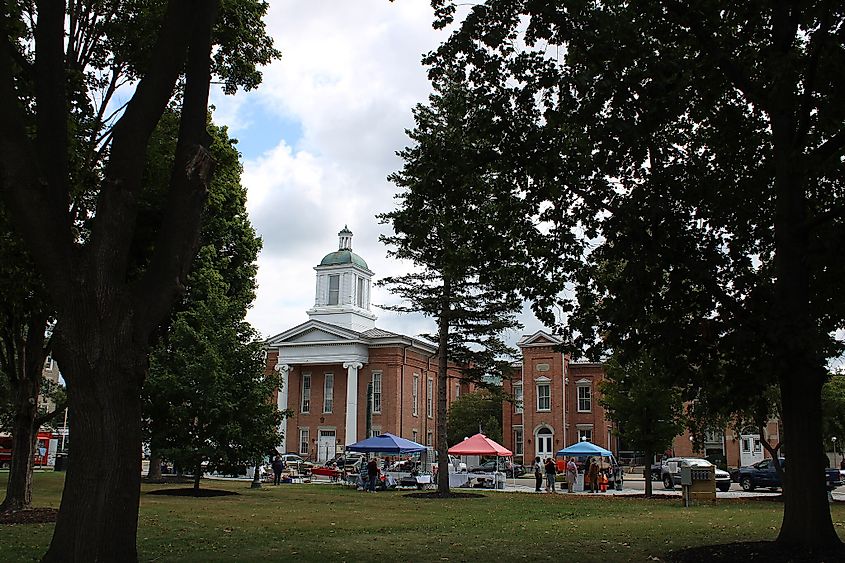
In the heart of the Finger Lakes region, Bath’s Pulteney Square is a textbook example of a classic courthouse green. The Steuben County Courthouse, standing proudly on the north side of the square, anchors a landscape of shaded walkways, benches, and stately old trees that have witnessed more than two centuries of civic life. The courthouse itself, a red-brick building with elegant white trim and arched windows, continues to serve its original purpose as the center of county government.
Surrounding the square are historic churches, 19th-century storefronts, and the Steuben County Historical Society at the Magee House, a beautifully preserved 1831 brick home that now serves as a museum. Visitors can circle the green to admire the Old National Hotel or stop by the First Presbyterian Church, both long-standing landmarks that frame the park’s edges. With its blend of architecture, history, and everyday activity, Bath’s courthouse square stands among the finest examples of civic design in New York.
Canton
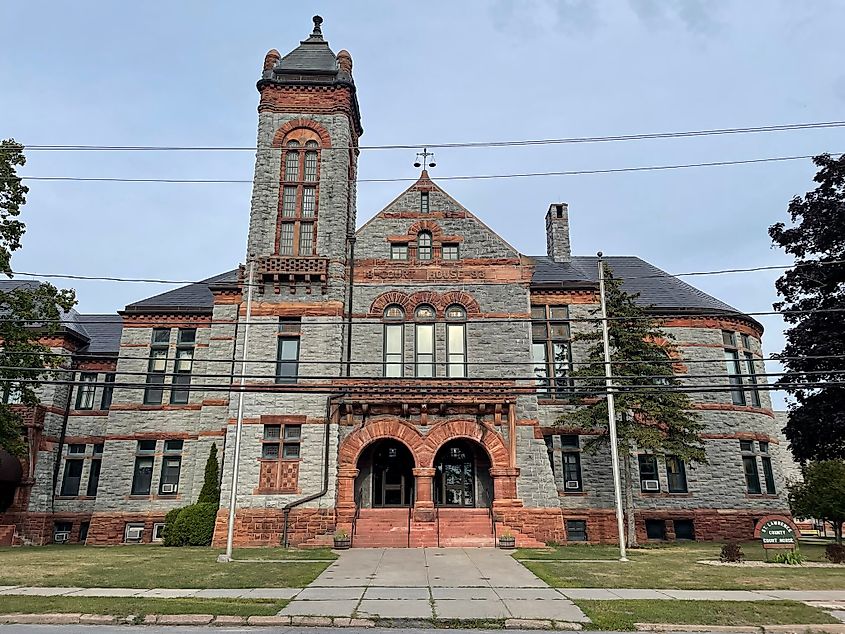
Canton’s Courthouse Square stands as a graceful example of how history and daily life can share the same ground. The St. Lawrence County Courthouse, completed in 1893, dominates the square with its Romanesque Revival architecture—arched windows, carved stone, and a soaring clock tower that marks the rhythm of village life. The courthouse sits at the center of a broad green shaded by old maples and elms, a space that remains the heart of civic gatherings and community events.
Around the square, 19th-century commercial buildings house shops, law offices, and cafés that give the district its energy. A short walk away, the County Seat Restaurant & Lounge offers hearty meals and a relaxed atmosphere that reflects the town’s welcoming character. The nearby St. Lawrence County Historical Association Museum, located in the former Silas Wright House, connects visitors with the county’s deep agricultural and political roots. Canton’s courthouse square captures what makes upstate New York timeless in that it is a working center of law, culture, and community framed by architecture that still commands respect.
Final Thoughts
Across New York State, courthouse squares continue to tell stories that skyscrapers never could. These historic places remain the true centers of civic life, places where justice, community, and tradition have come together for generations. They remind us that the strength of a community lies not in its size but in the shared spaces that keep people connected. For travelers and residents alike, New York’s courthouse squares offer something lasting: a sense of place, a glimpse of history, and the steady heartbeat of small-town America.

